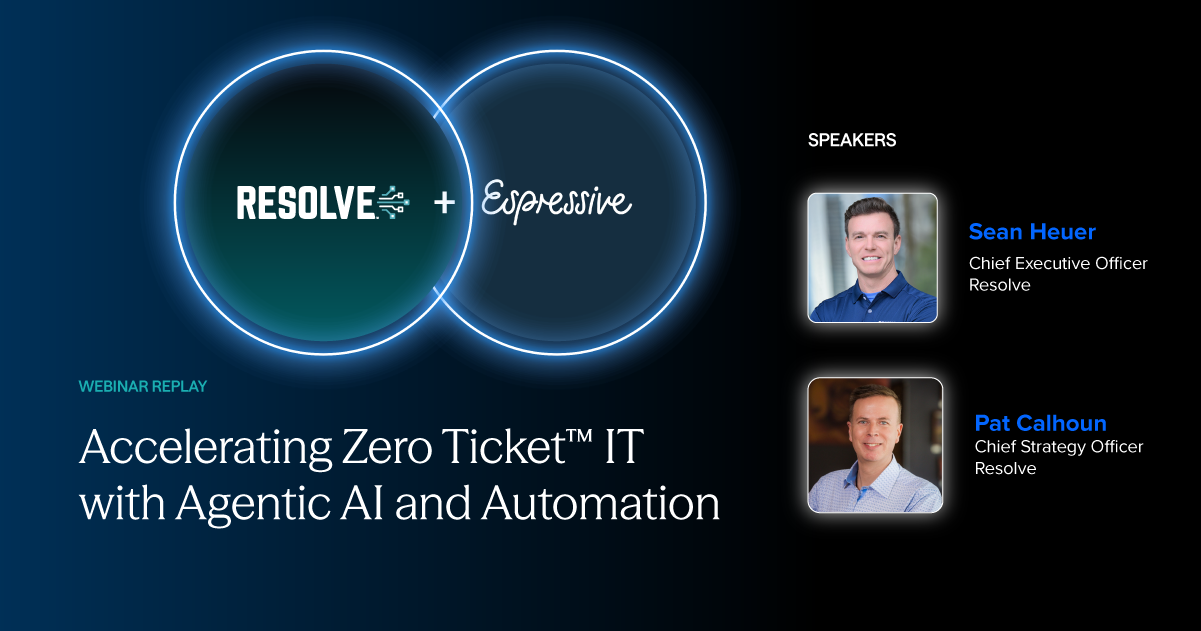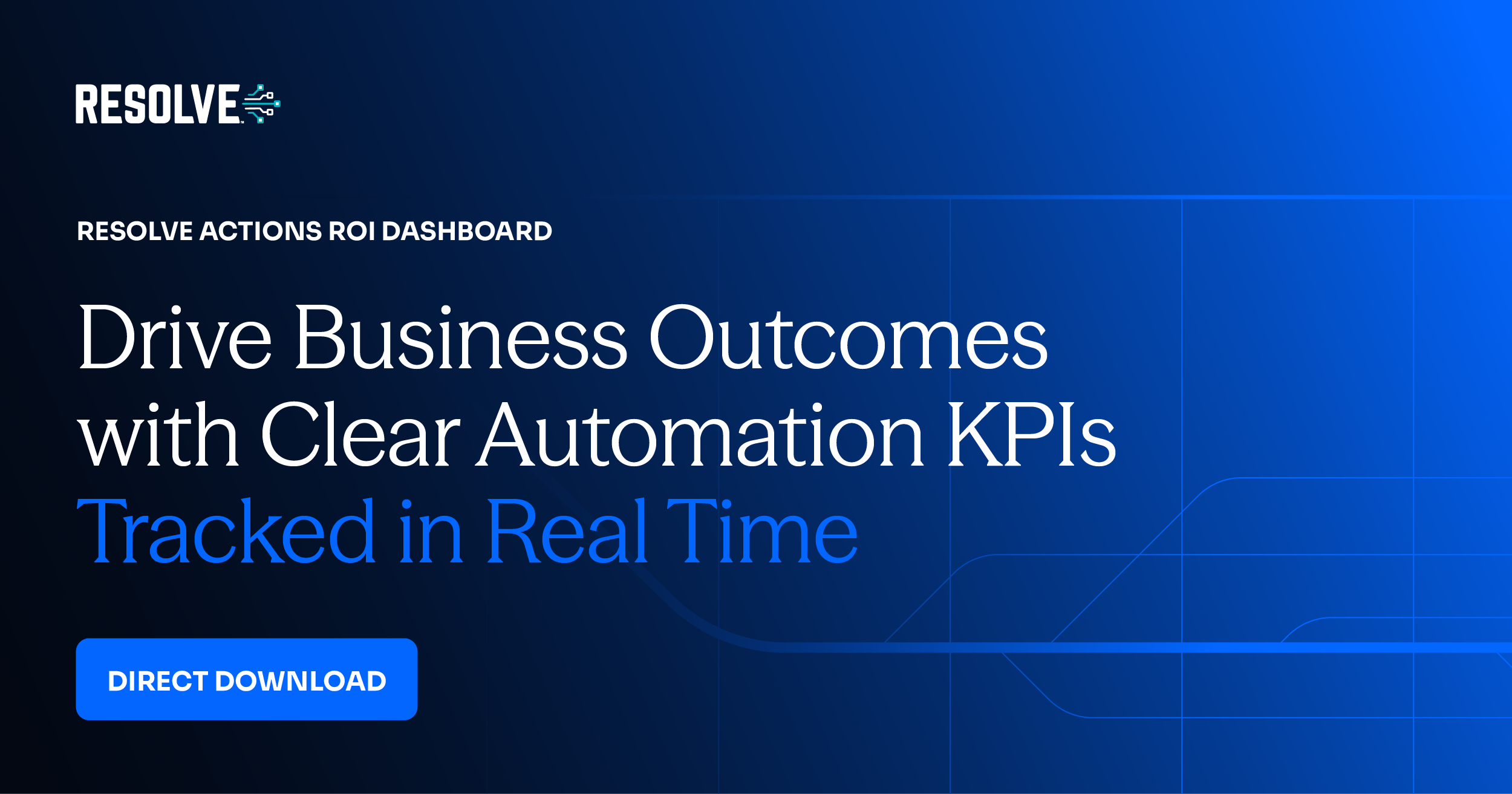
2025 Gartner® Magic Quadrant™ for Service Orchestration and Automation Platforms (SOAP)

Resolve is proud to be the only vendor named a Visionary in the 2025 Gartner® Magic Quadrant™ for Service Orchestration and Automation Platforms (SOAP)!
In our opinion, our Zero Ticket IT vision and advancement in agentic AI enable enterprises to eliminate repetitive work, orchestrate complex operations, and empower IT teams to focus on strategy and innovation.
While this year’s recognition is focused on SOAP, we’re grateful to Gartner for once again acknowledging our Completeness of Vision and Ability to Execute. We believe that being named a Visionary two years in a row underscores our commitment to transforming IT operations and delivering measurable outcomes for our customers.
What’s in the Report
The Gartner Magic Quadrant for Service Orchestration and Automation Platforms (SOAP) provides an in-depth perspective on the market and the vendors involved in automating and orchestrating IT.
Gartner notes that "Service orchestration and automation platforms are essential for delivering business services through complex workloads. SOAPs unify workflow orchestration, workload automation and resource provisioning, extending across data pipelines and cloud-native architectures."
GARTNER is a registered trademark and service mark of Gartner, Inc. and/or its affiliates in the U.S. and internationally, and Magic Quadrant is a registered trademark of Gartner, Inc. and/or its affiliates and are used herein with permission. All rights reserved.
Gartner does not endorse any vendor, product or service depicted in its research publications and does not advise technology users to select only those vendors with the highest ratings or other designation. Gartner research publications consist of the opinions of Gartner's research organization and should not be construed as statements of fact. Gartner disclaims all warranties, expressed or implied, with respect to this research, including any warranties of merchantability or fitness for a particular purpose.
Gartner, Magic Quadrant for Service Orchestration and Automation Platforms, Hassan Ennaciri, Chris Saunderson, Daniel Betts, 28 August 2025.
This graphic was published by Gartner, Inc. as part of a larger research document and should be evaluated in the context of the entire document. The Gartner document is available upon request from Resolve.





